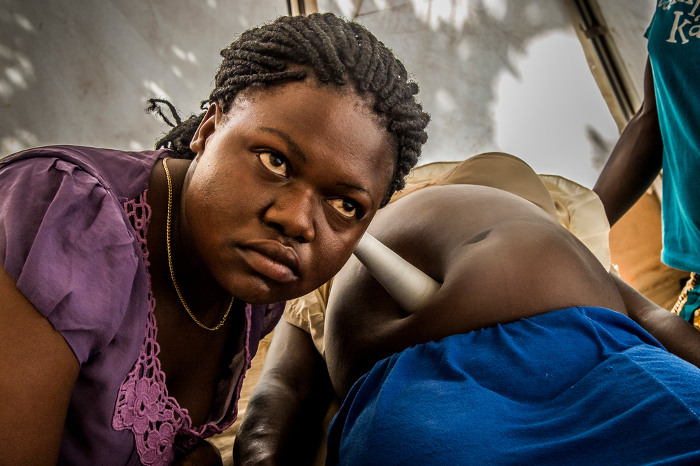Health
KTSG trains traditional birth attendants to check maternal, child mortality

Katsina State Government, through the Ministry of Women affairs, trained not less than 34 Traditional Birth Attendants (TBAs) to combat maternal and child mortality.
The Commissioner of Women Affairs, Hajiya Zainab Musa-Musawa, made this known during the training in Katsina on Wednesday, saying that the training was aimed at empowering the TBAs so they could perform better.
According to her, the one-day training is a significant step by the state government to addressing maternal and child mortality.
She added that “the training, focusing on maternal health, seeks to equip TBAs with the necessary knowledge and skills to effectively handle childbirth at the community level.
“By engaging these key stakeholders, the ministry aims to improve maternal and child health outcomes across Katsina State.”
Musa-Musawa pointed out that reducing maternal and child mortality are the ministry’s top priority areas.
According to her, empowering the TBAs with updated techniques and information are essential to achieving the goal.
She further explained that “by investing in training, we can make significant strides toward ensuring safer childbirth experiences for mothers and newborns.
“The training covered various aspects of maternal health, including prenatal care, safe delivery practices, postnatal care, and recognising and managing complications during childbirth.”
The commissioner added that participants must be educated on the importance of timely referrals to healthcare facilities when necessary.
She stressed the need for continued collaboration toward promoting the health and empowerment of women and children in the state.
On his part, the Commissioner for Health, Dr Bishir Saulawa, said that “the ministry is committed to working with the TBAs to improve the health and well-being of mothers and children.
“Their role is invaluable, and by providing them with the necessary tools and knowledge, we can make a real difference in reducing maternal and child mortality rates.”




 Davido's Net Worth & Lifestyle
Davido's Net Worth & Lifestyle 
